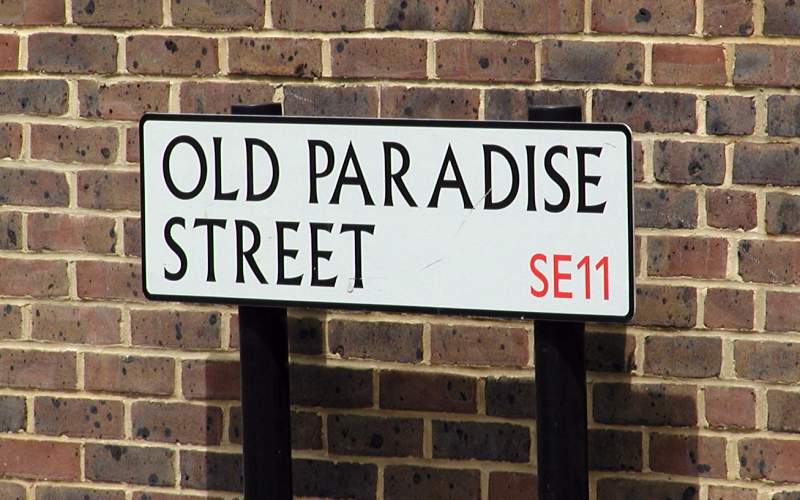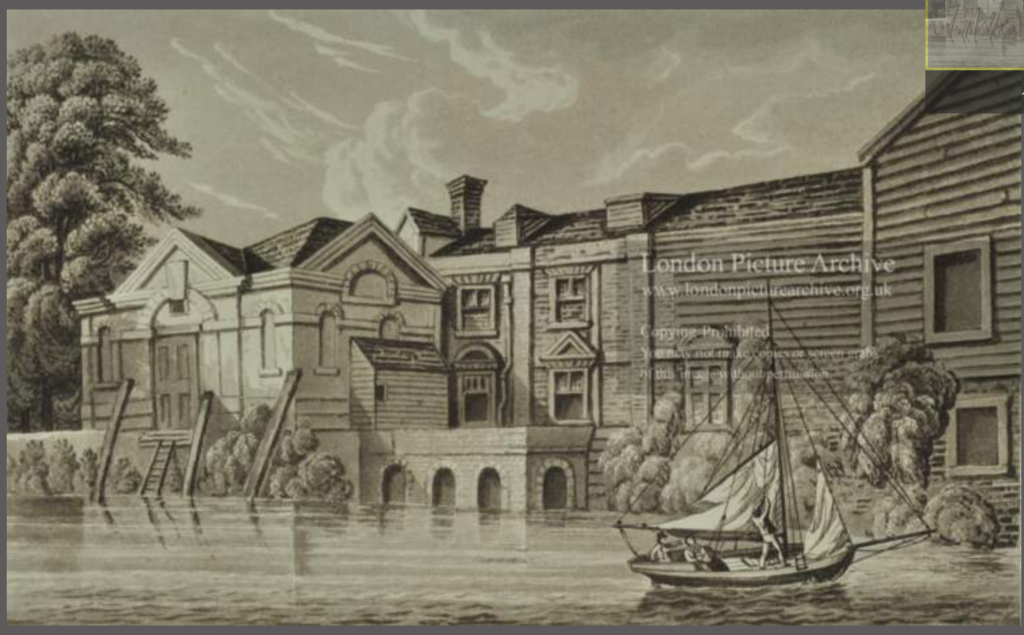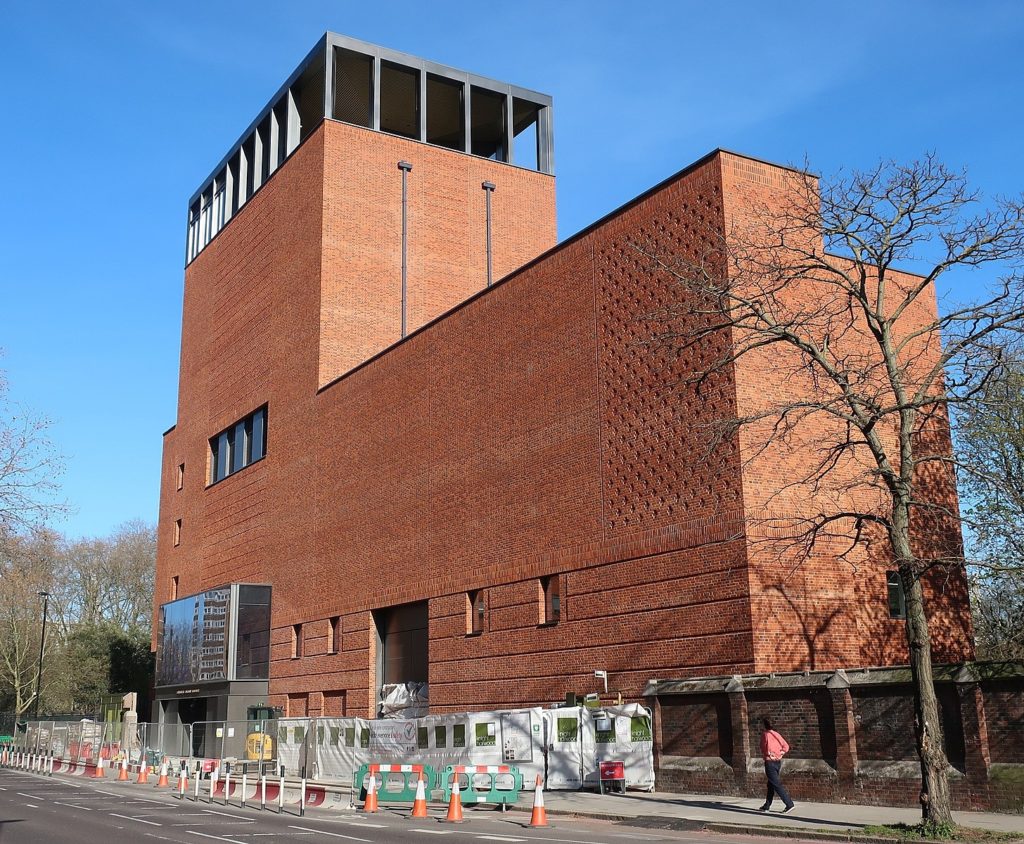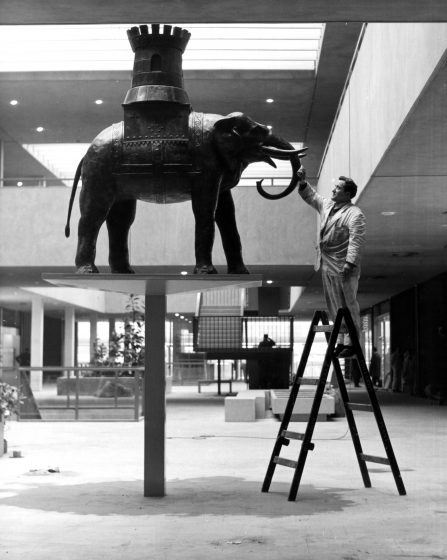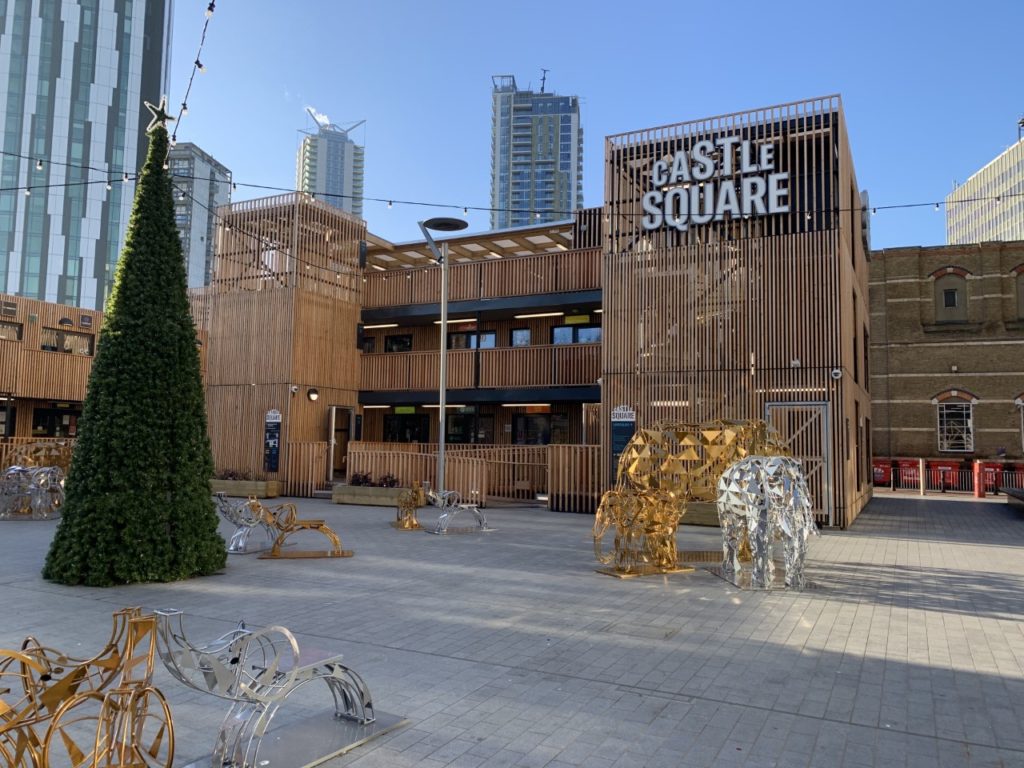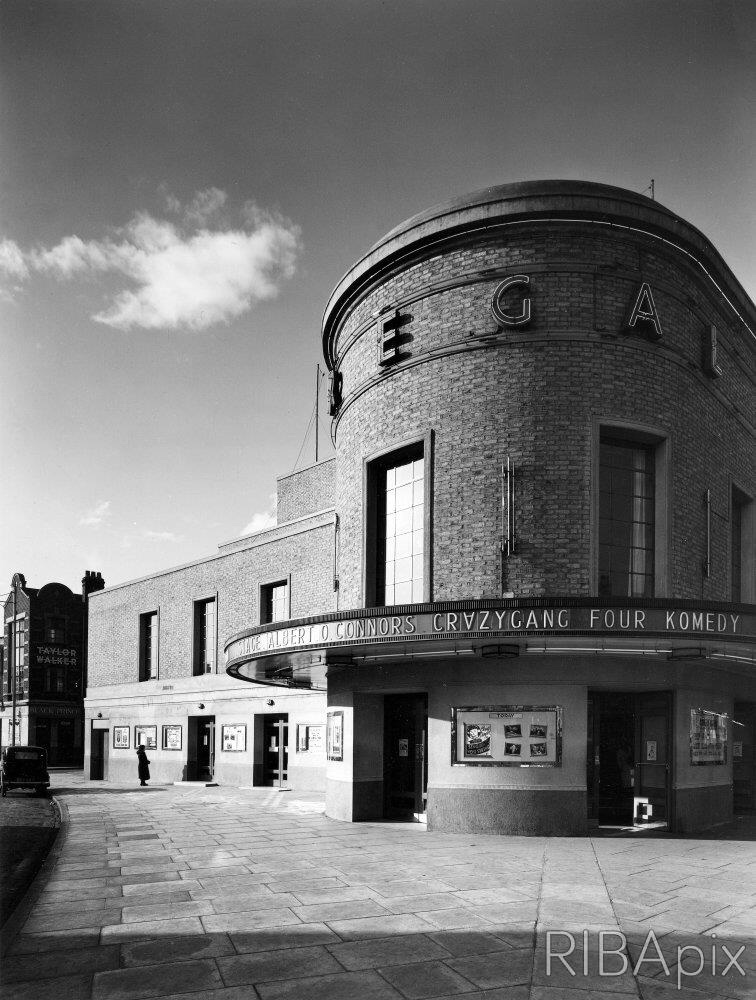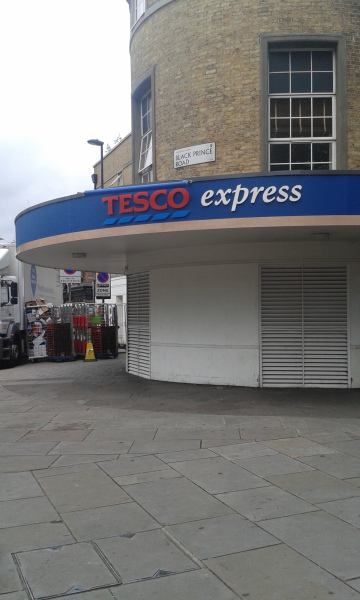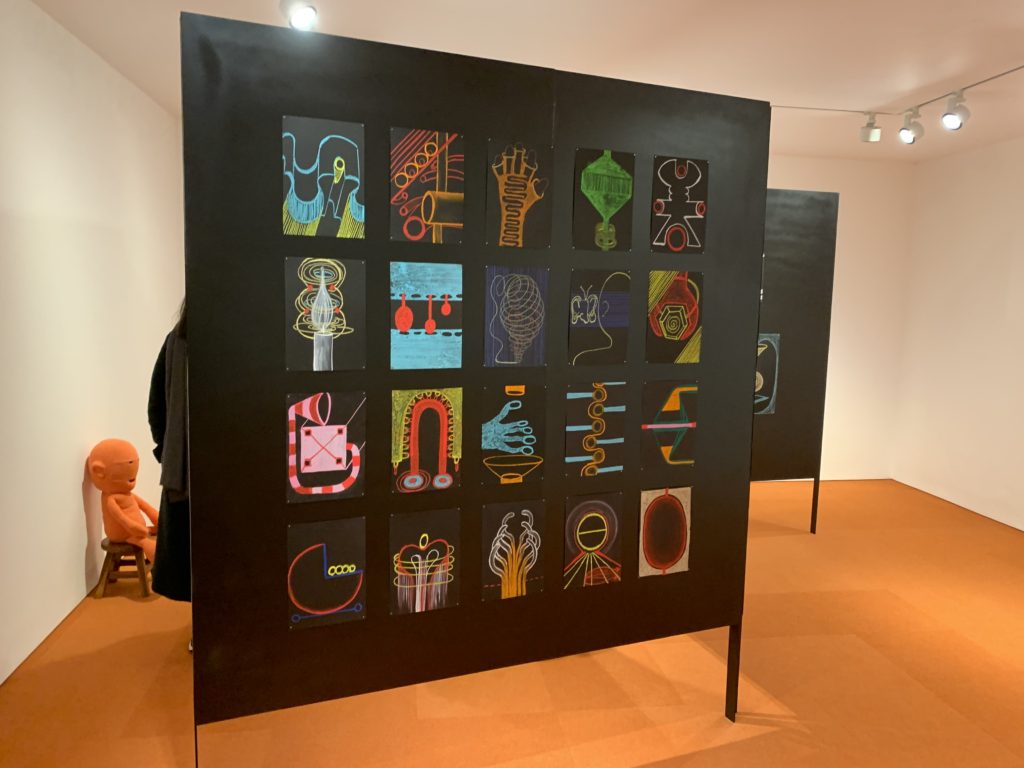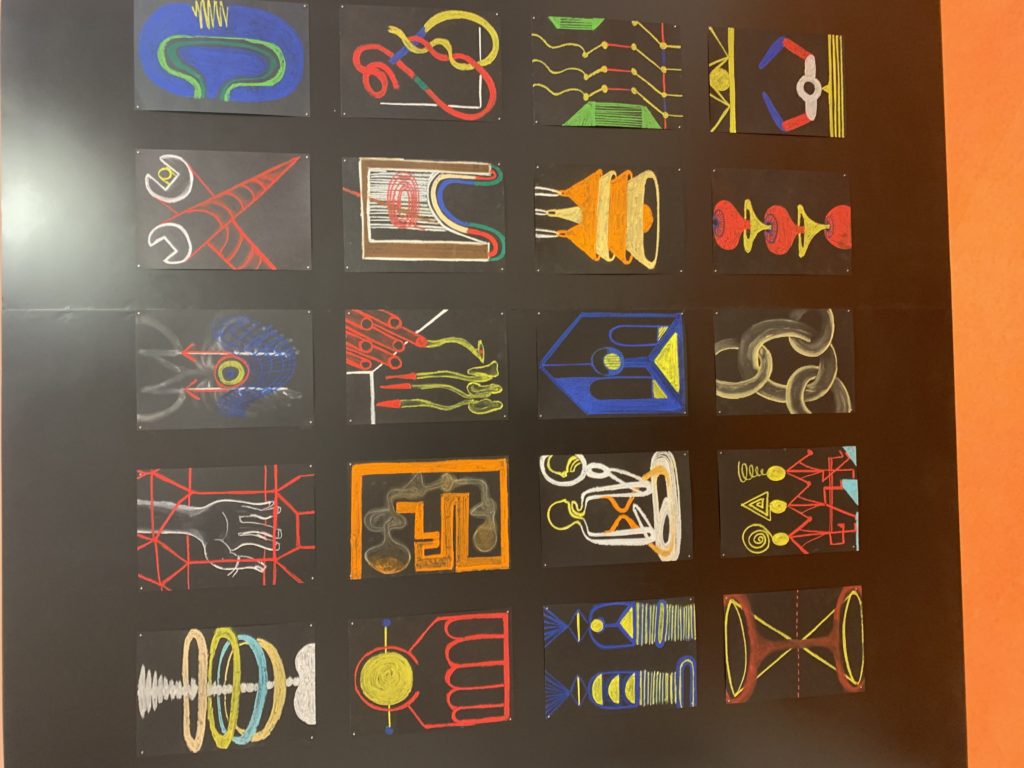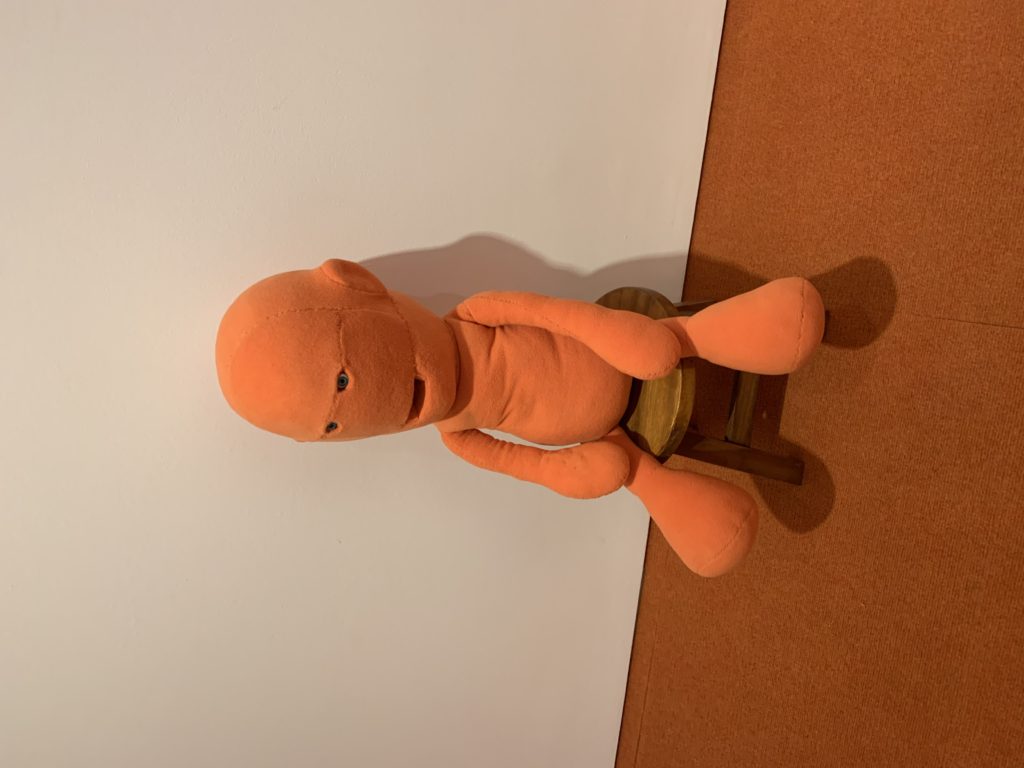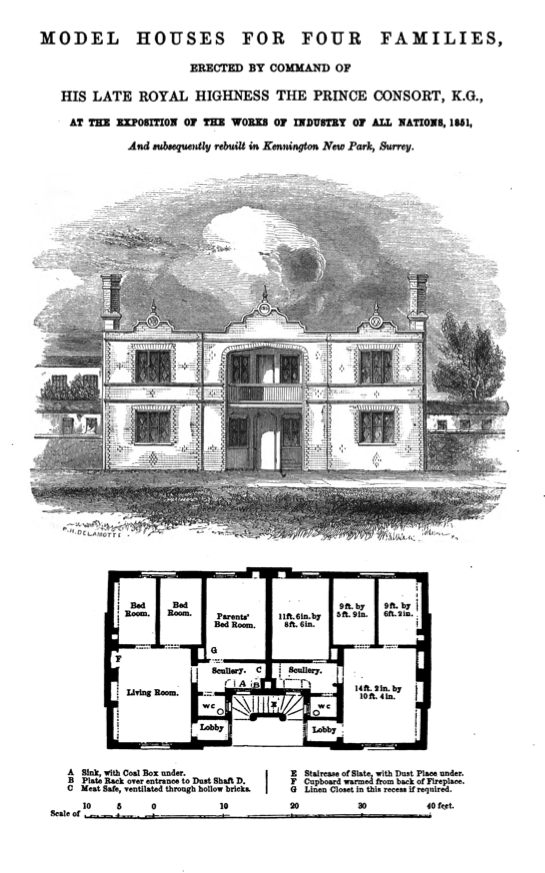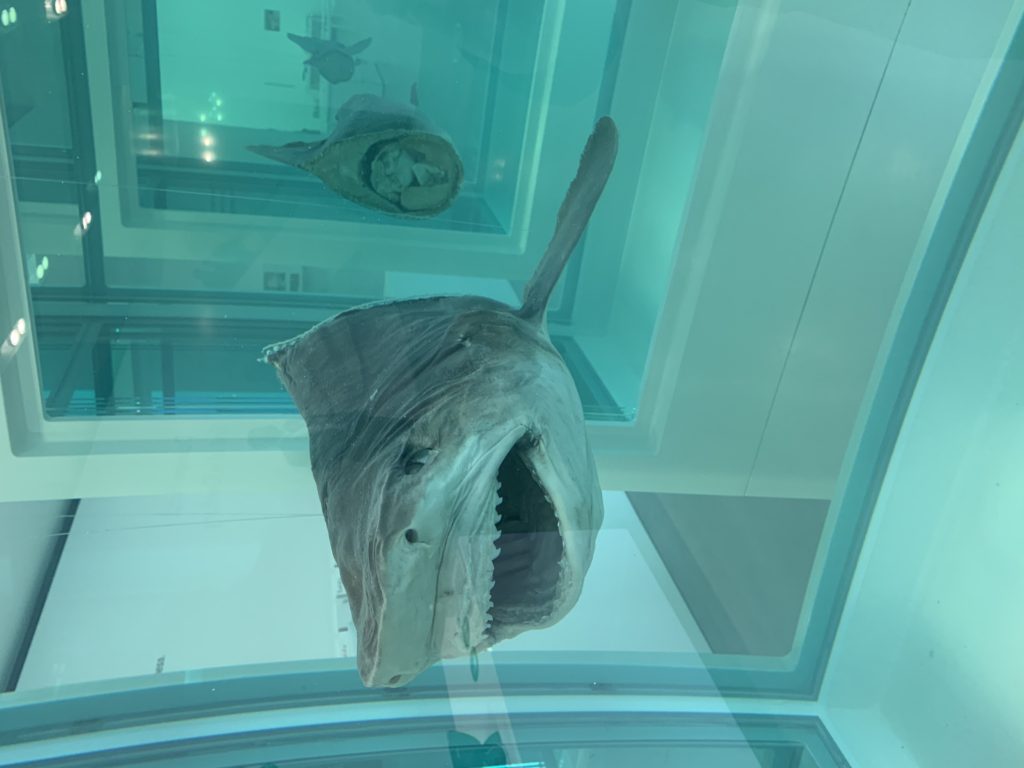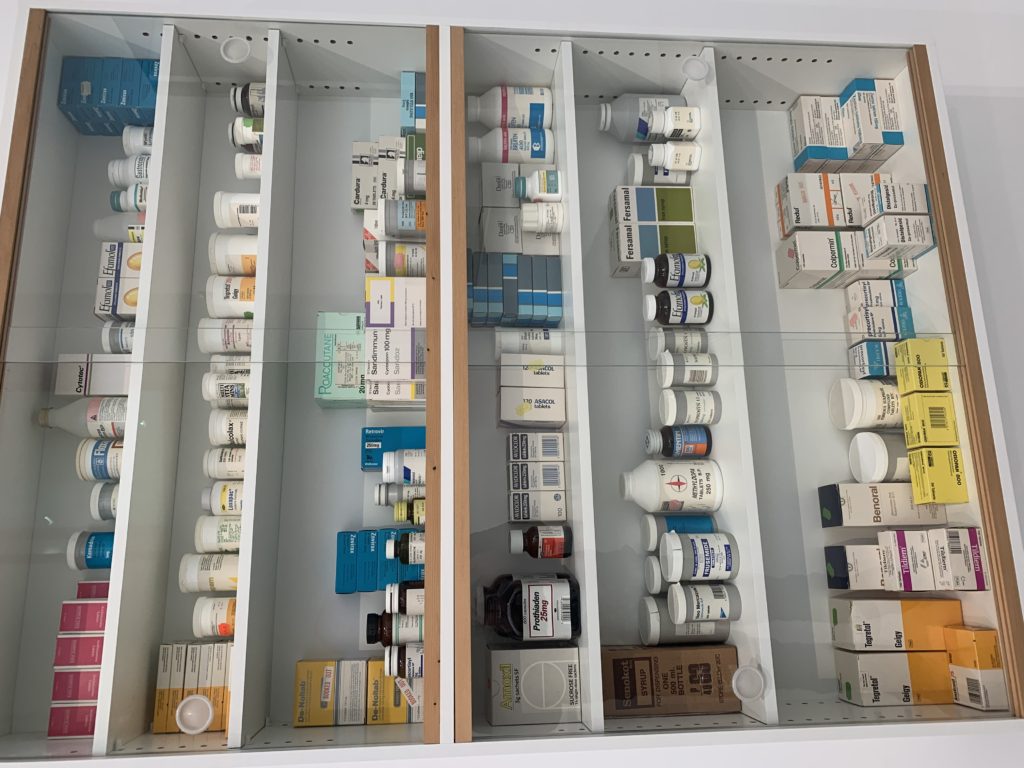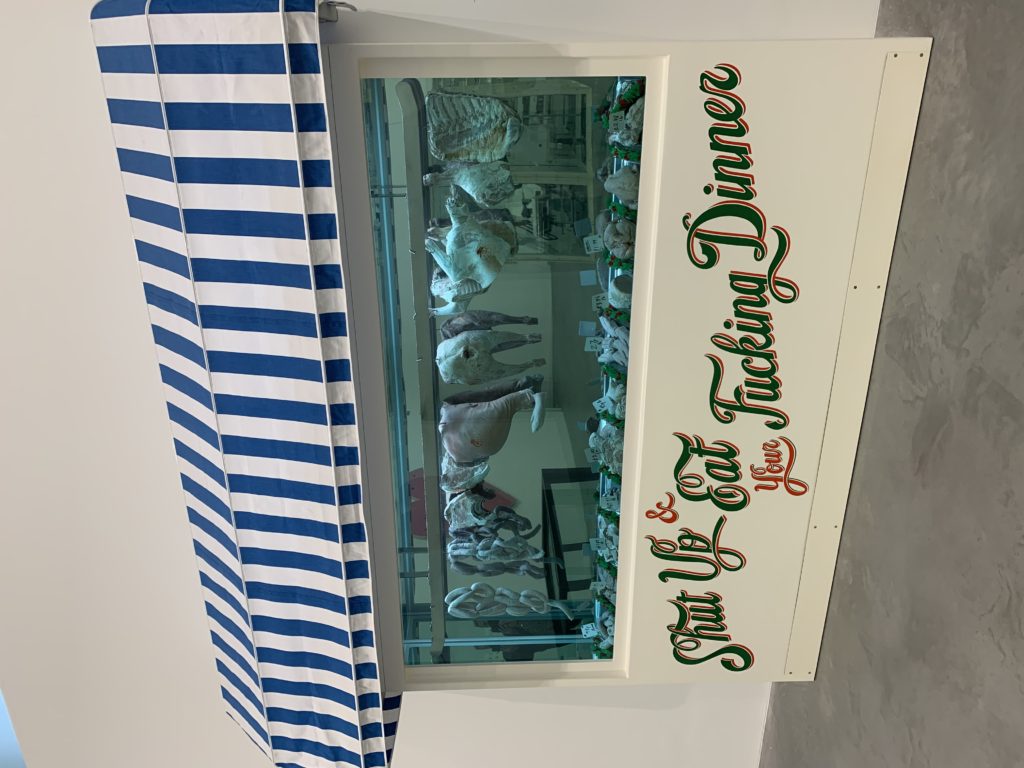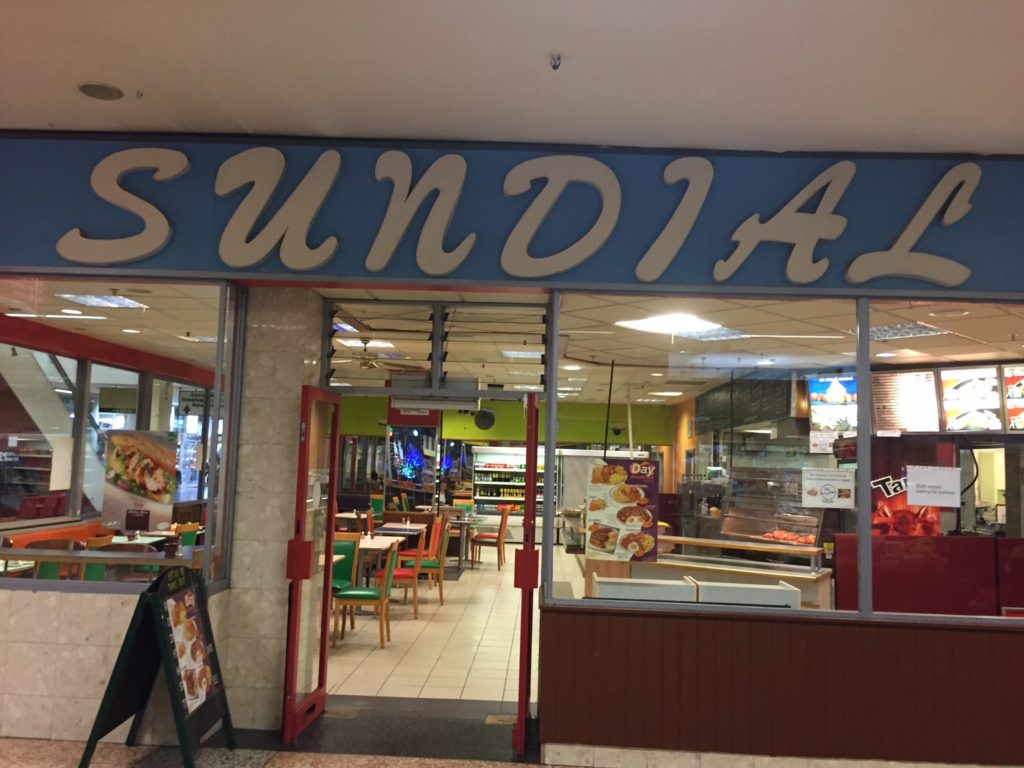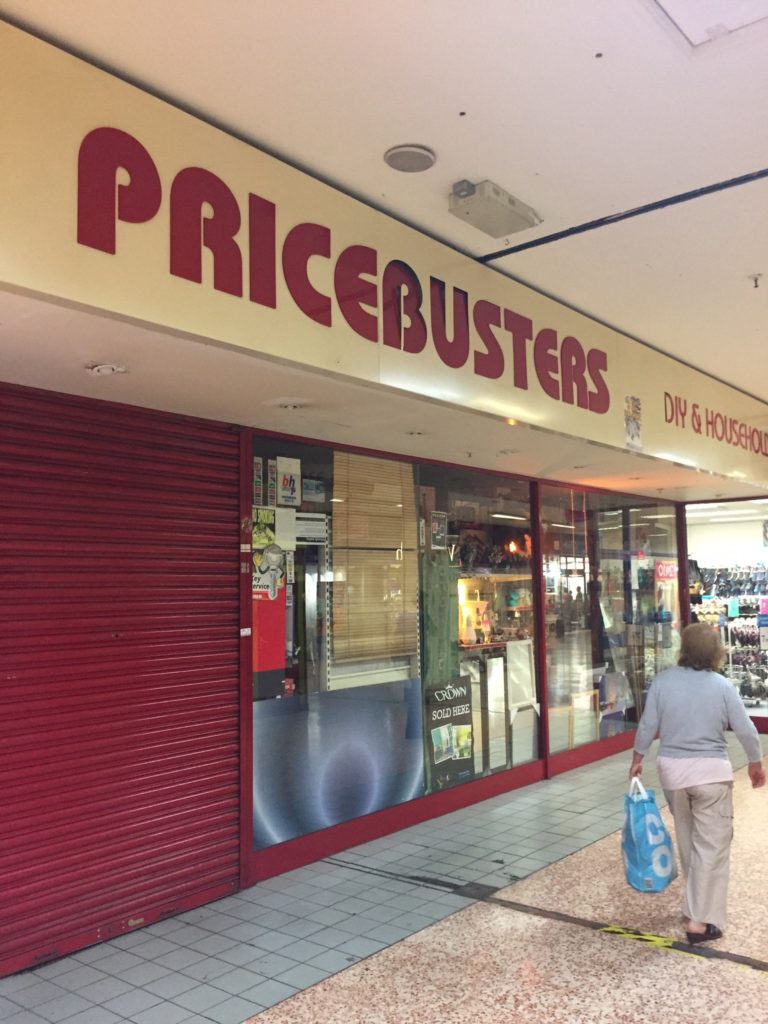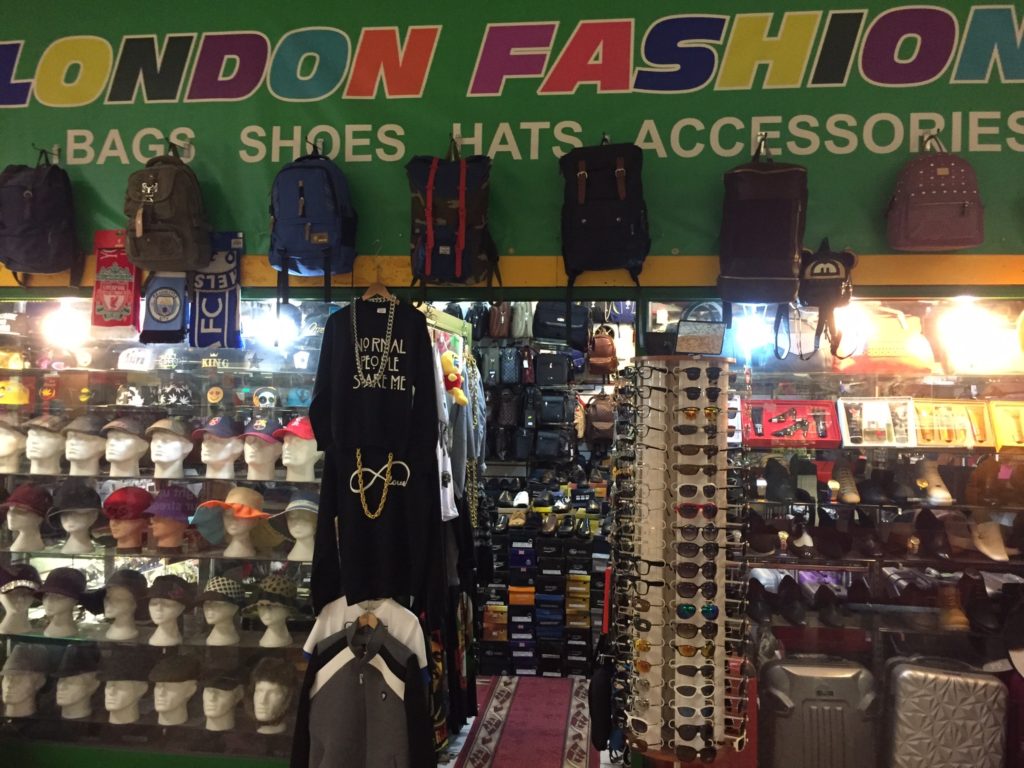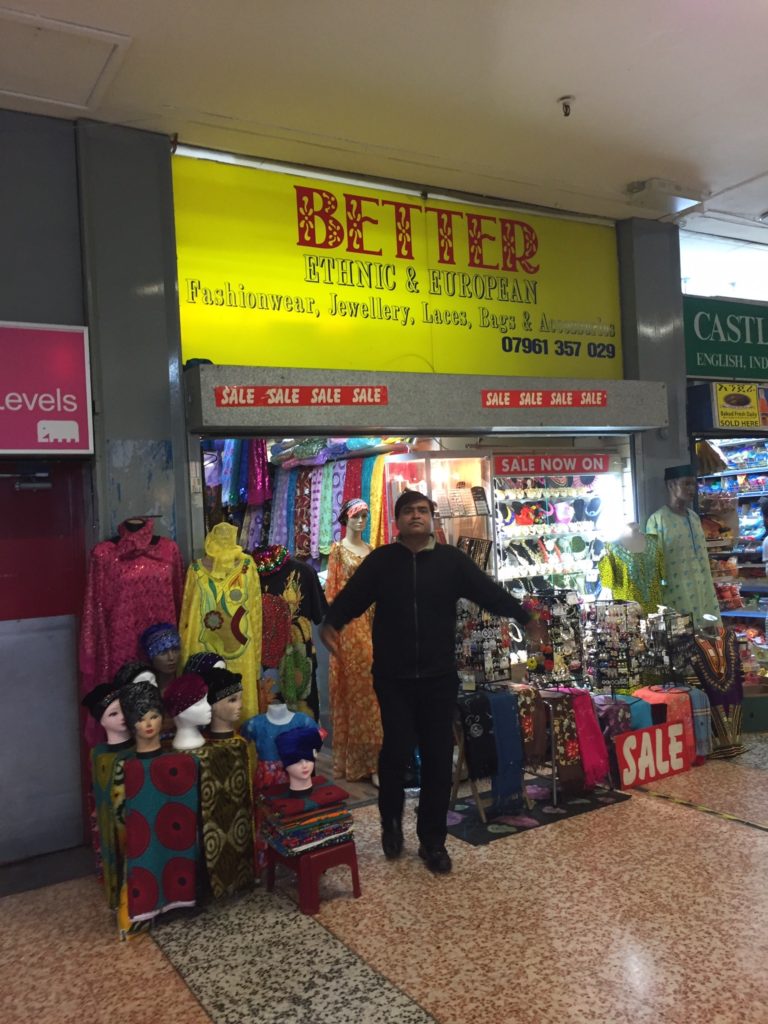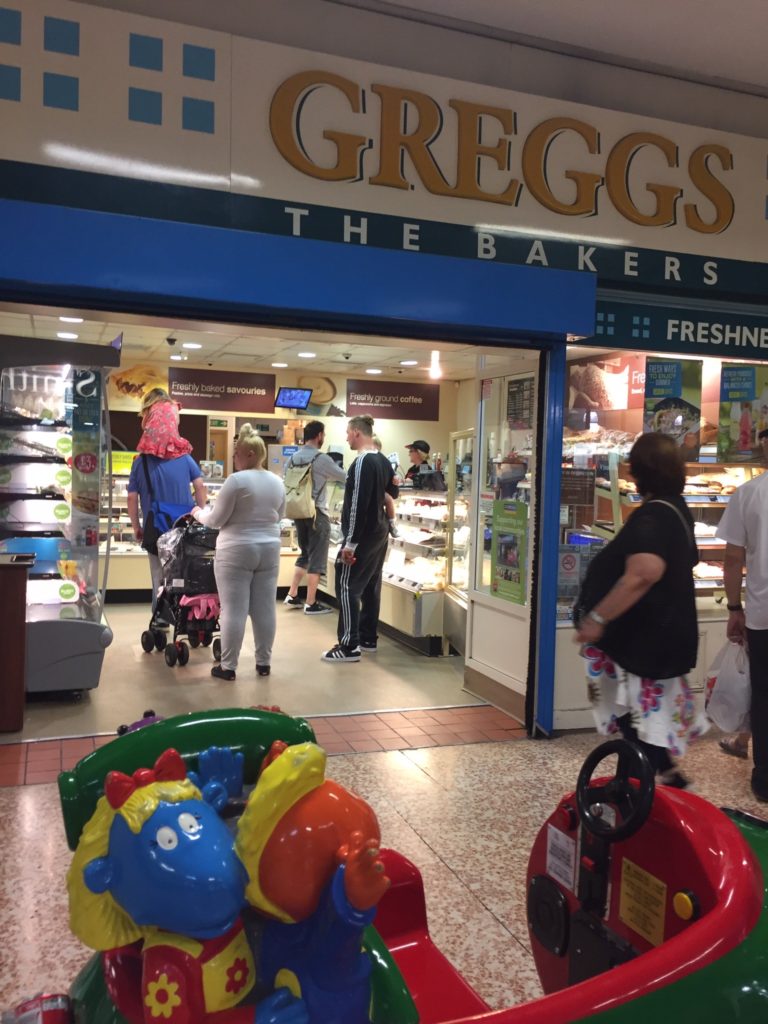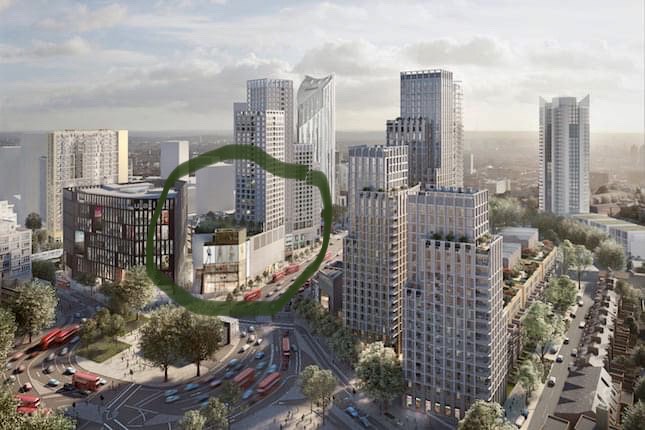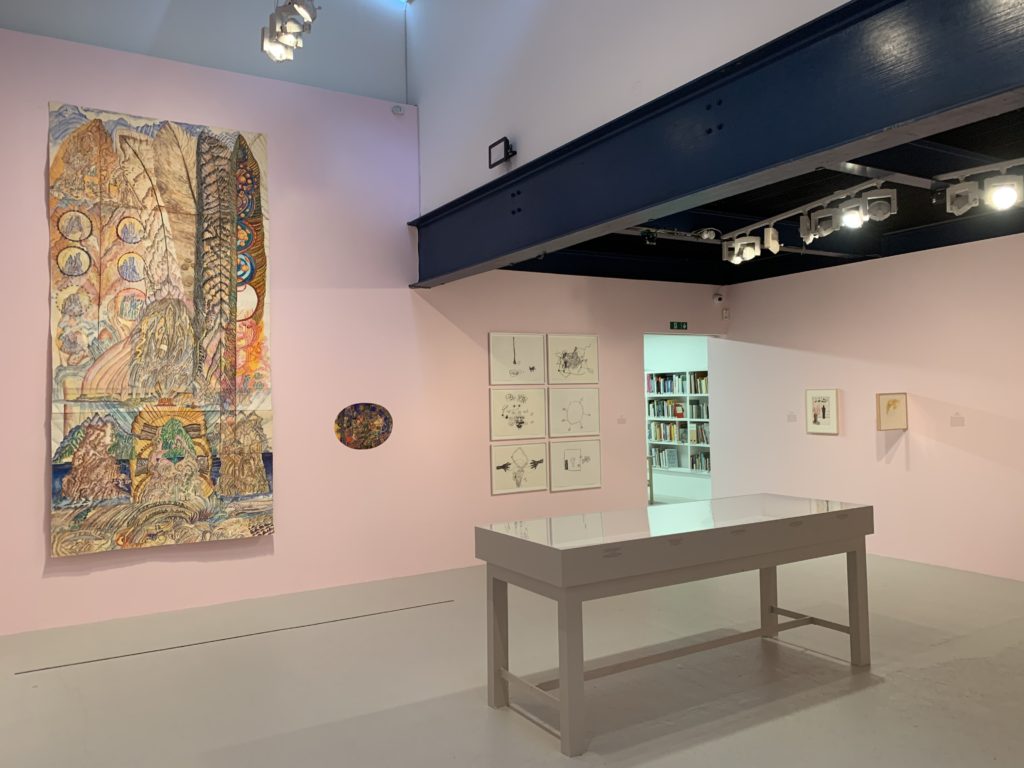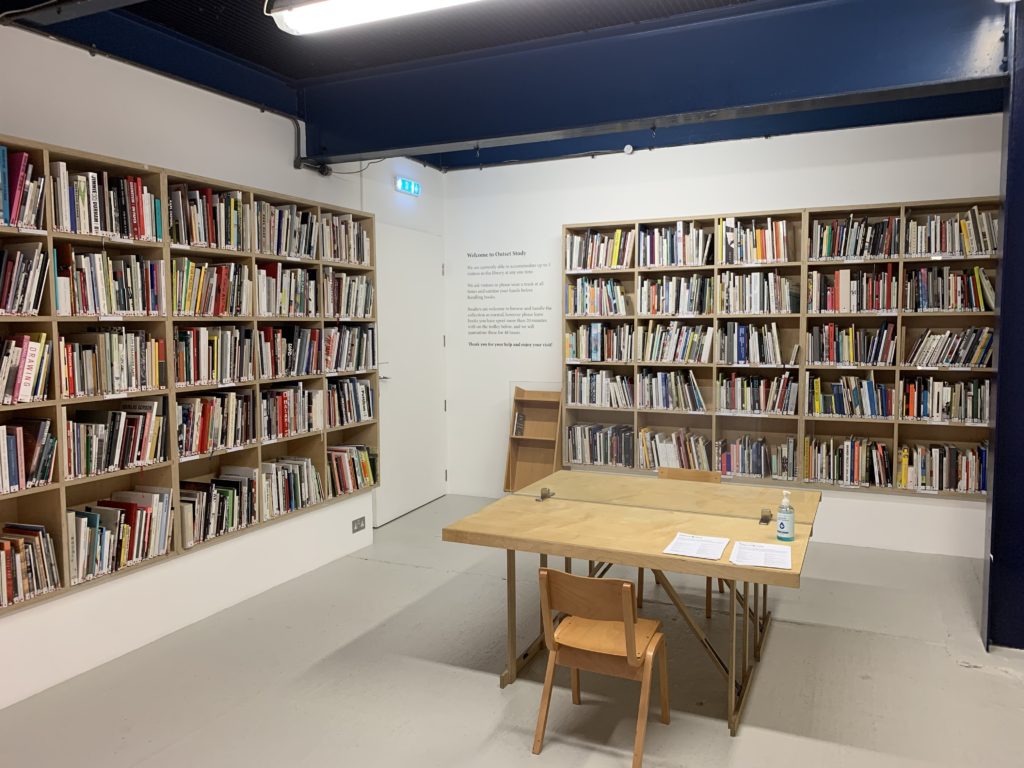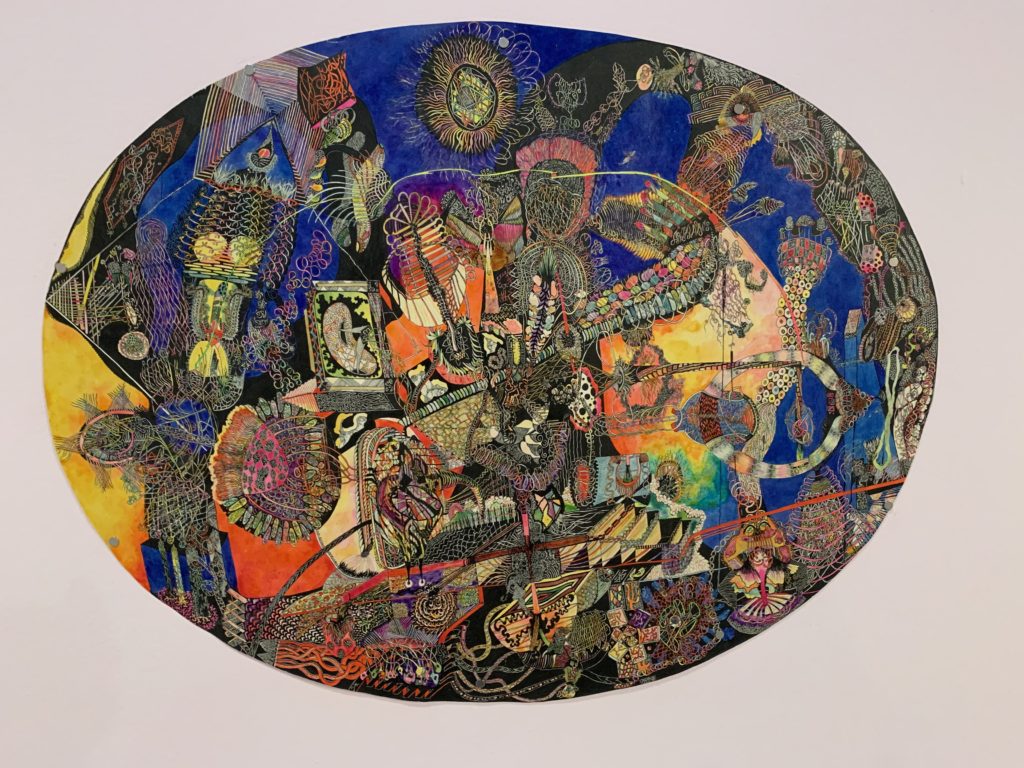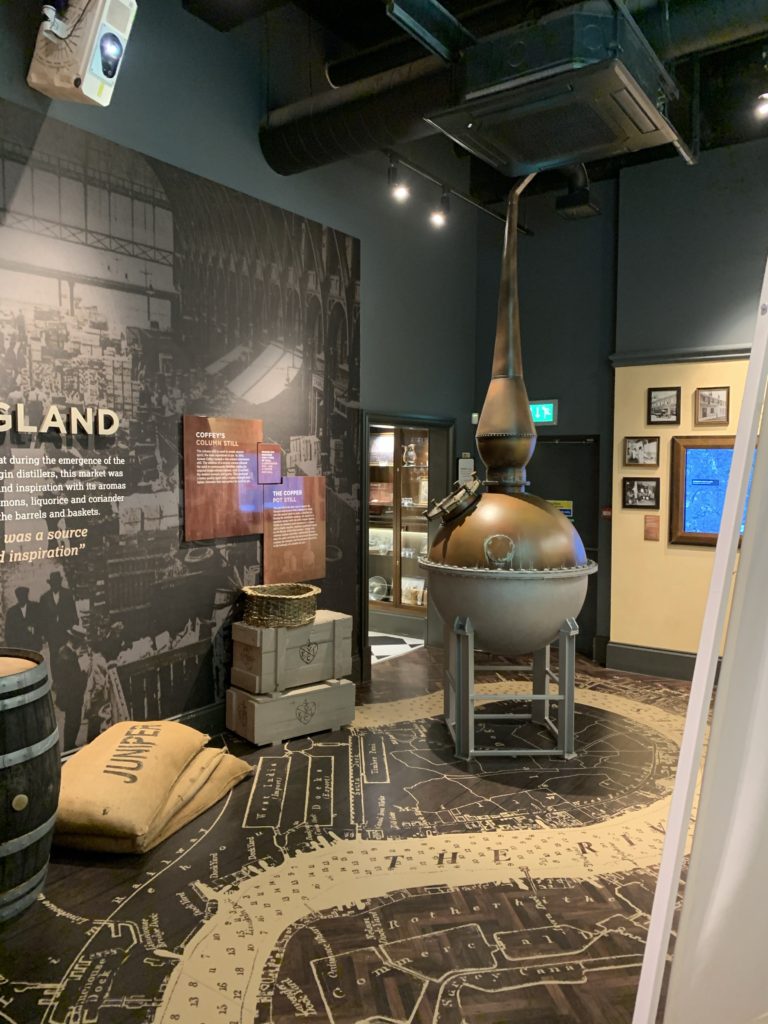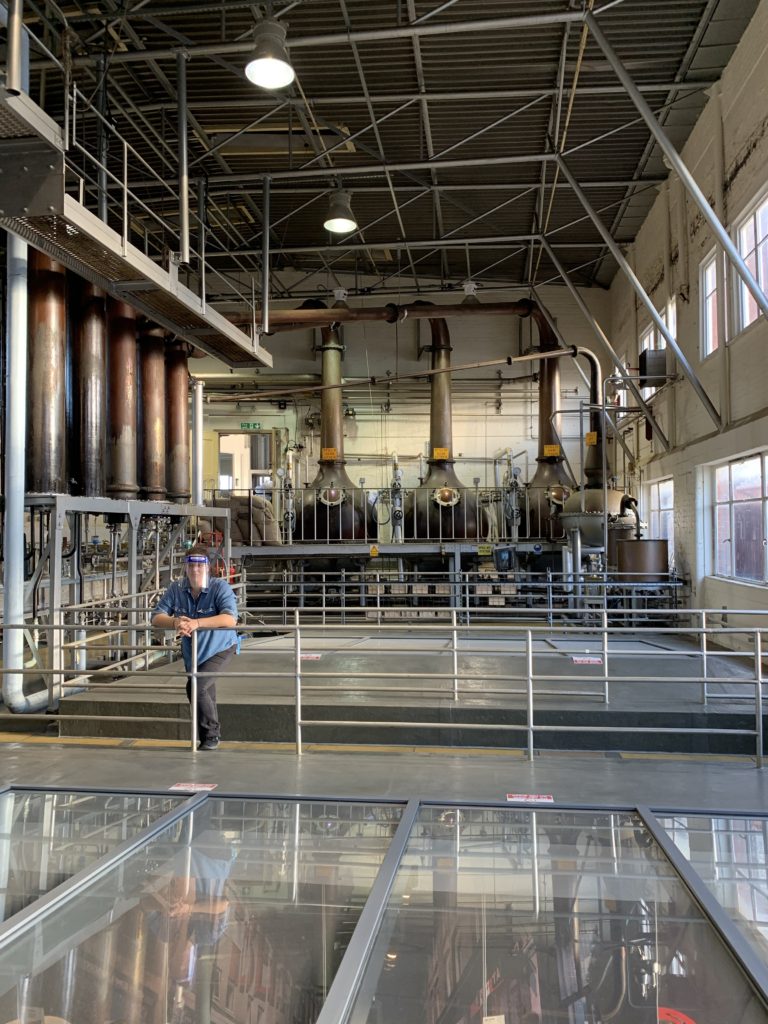Twelve months ago the most optimistic of you lot said ‘great, I’m going to use this lockdown period to get really fit/do an online course /Run 15 times around Kennington Park’. But even in this era where time seems to be a meaningless concept, you haven’t actually done any of those things. Well here’s your chance to finally tick something off your list……getting into classical music.

‘Classical Vauxhall’ returns on 18 – 21 March and can be streamed for free on these dates. It will of course be virtual this year, and we have trusted colleagues who went to the live events in 2020 and said it was amazing. Festival Director and the brains behind it Fiachra Garvey is joined by artists Jess Gilliam (saxophone), Zeynep Özsuca (piano), Elena Urioste (violin) & Tom Poster (piano), Hanna Hipp (mezzo-soprano) and Emma Abbate (piano). We’ve never actually heard of any of these people -BUT – we have seen some of their work on YouTube and it’s remarkable. Jess and her Sax is here
The press release for this event intriguingly states that the performances will be set in closed venues ‘live in Vauxhall’. That got our grey matter working…where? Perhaps Gentlemen’s Sauna ‘Chariots’ (doubtful as all the water would wreak havoc with the instruments)? Notorious nightclub ‘Fire’ (the acoustics under a railway arch must be awful)? With a bit of research we discovered they will be held in the most more rarefied environments of St. Marks Church and Brunswick house, so easy on the eyes as well.
The streams are free and will also give you a change to learn more about music in Vauxhall and the history of the Vauxhall Pleasure Gardens. Book here: http://bit.ly/CVaux-2021

